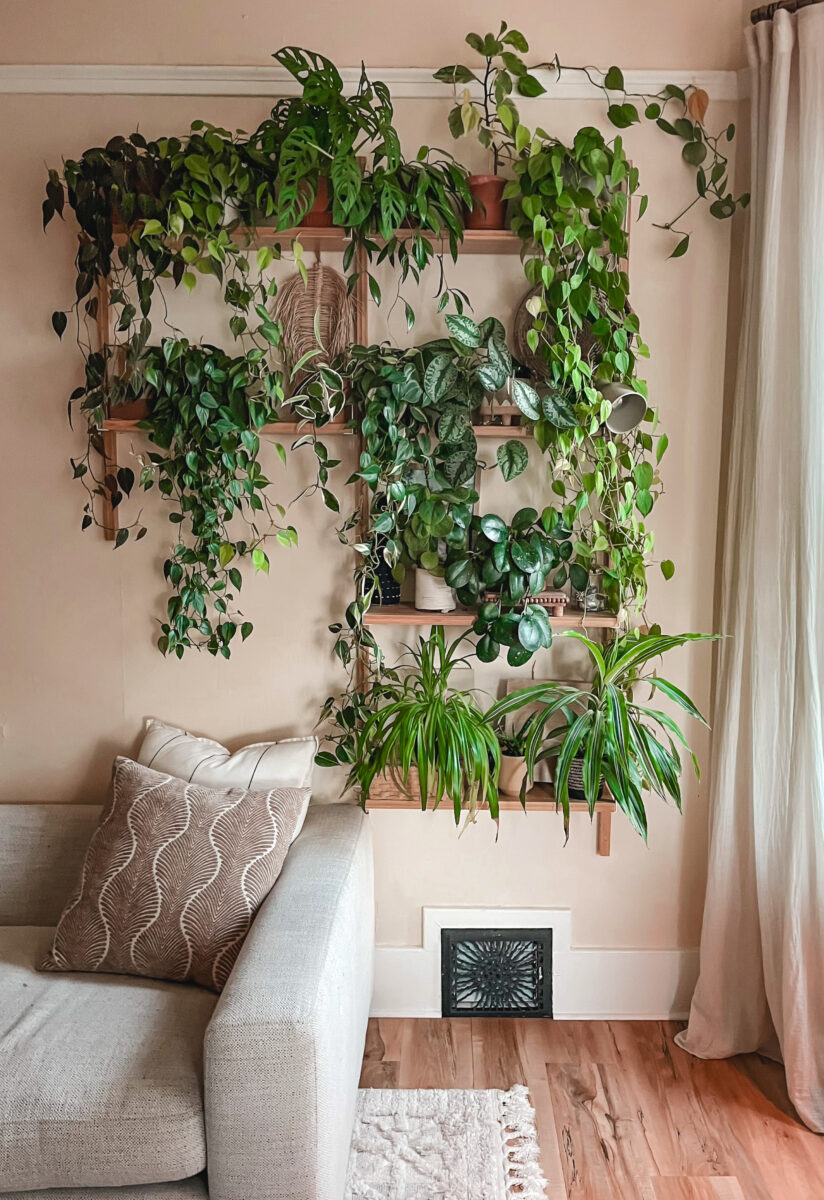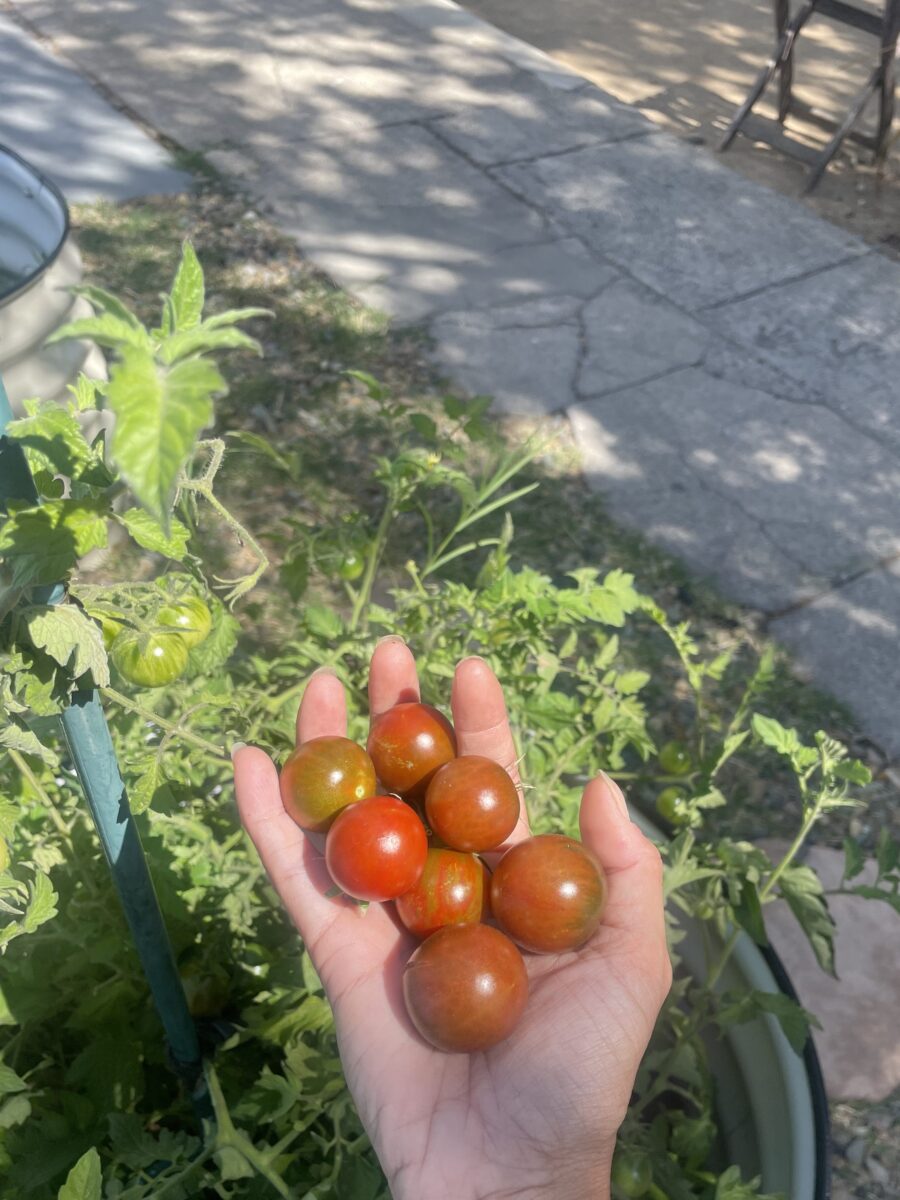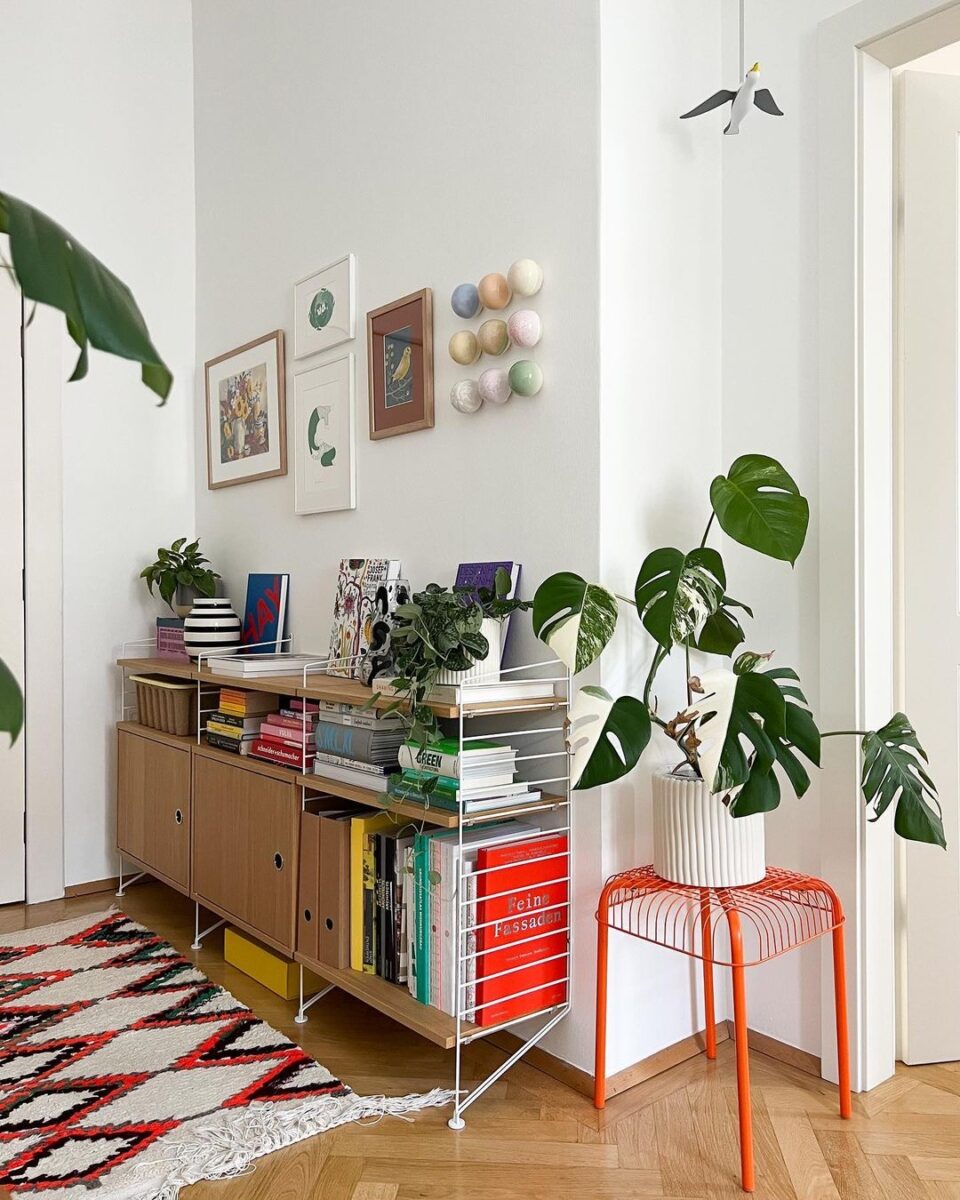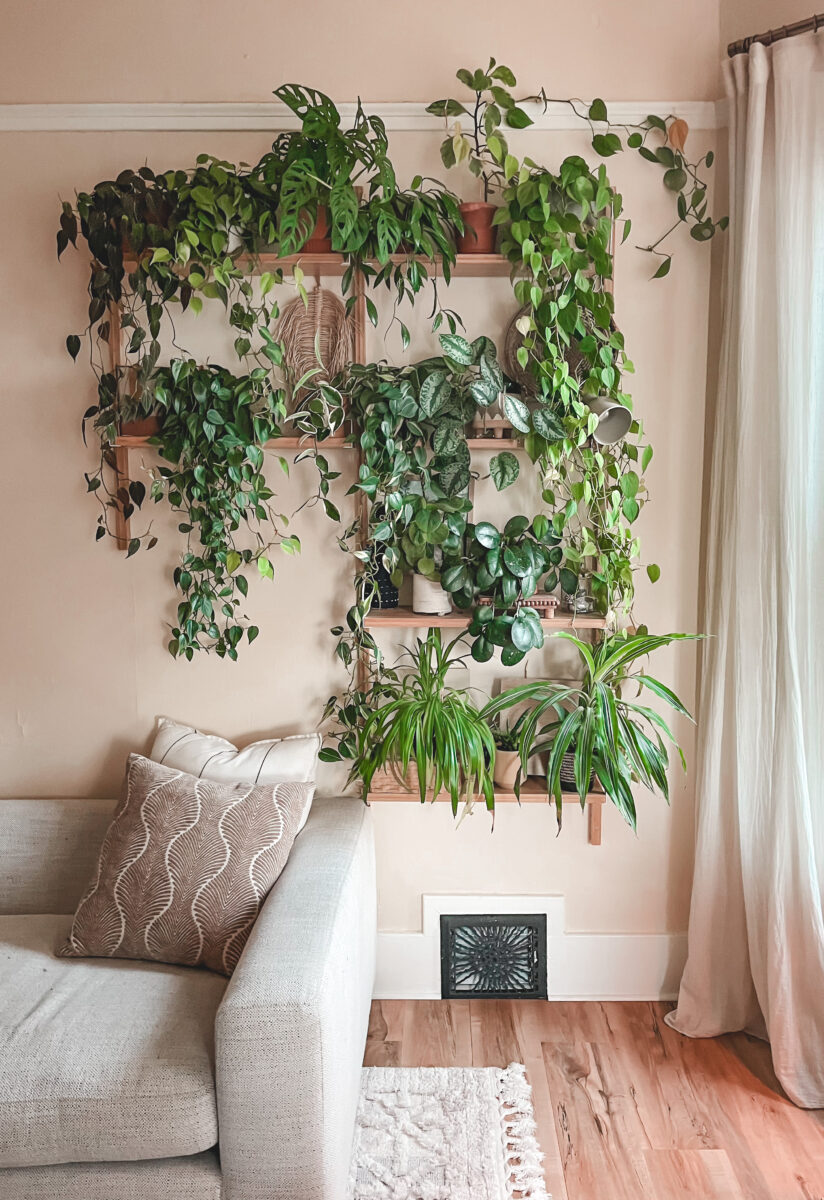As a lover of plants and décor, I’m always on the lookout for functional and beautiful solutions to help my indoor jungle thrive. When it comes to picking the perfect pot, terracotta consistently wins for me. These classic, earthy pots not only bring a natural look to any space but also provide some serious benefits for plant care.
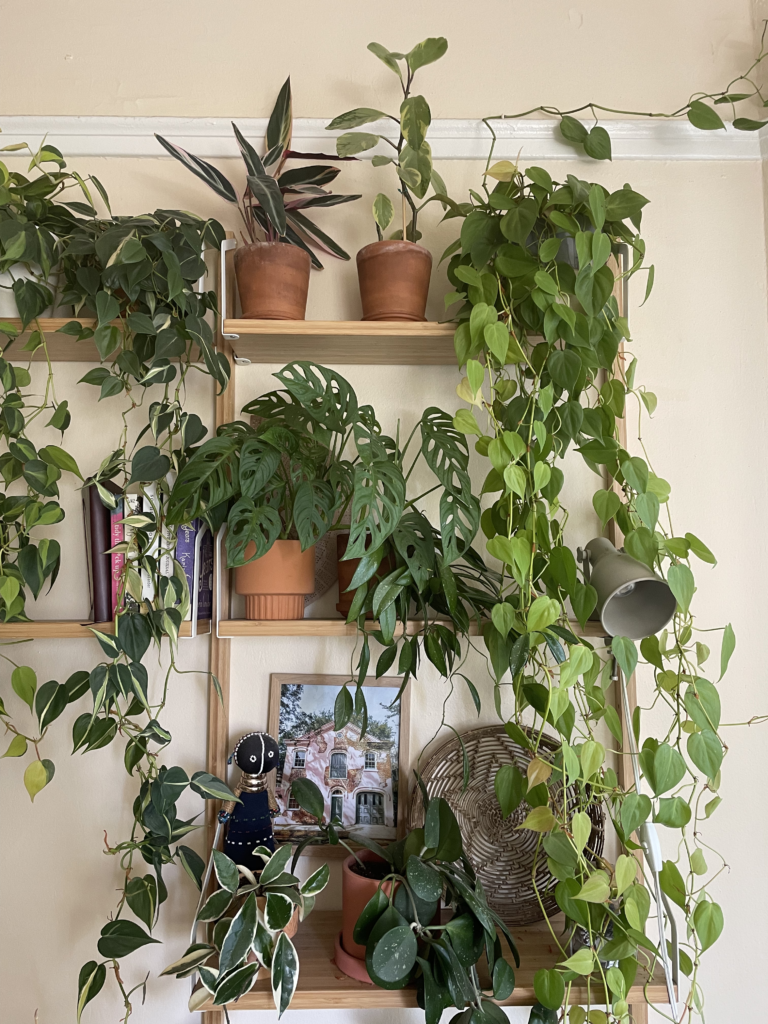
Why Choose Terracotta?
Terracotta’s rustic charm comes with one of its most helpful features: porosity. The material allows air and water to pass through its walls, helping prevent overwatering and root rot. It’s a breathable option for plants, letting excess moisture evaporate instead of staying trapped.
The only thing to keep in mind is that because terracotta helps water evaporate, it can dry out soil faster than other types of pots. This means you may need to water your plants more frequently, but the benefits of better airflow often outweigh this minor inconvenience.
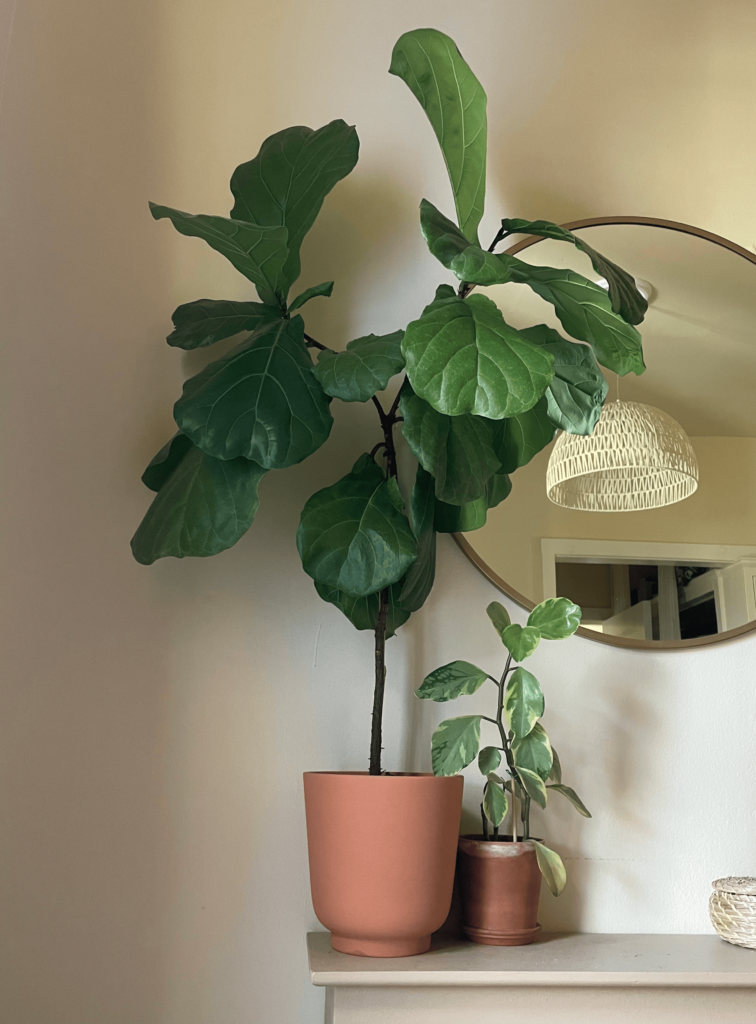
Plants That Thrive in Terracotta
Terracotta is ideal for plants that like well-drained soil, so it’s best suited for species that don’t enjoy sitting in moisture. Here are some examples of plants that do exceptionally well in terracotta pots:
- Succulents (like echeveria and haworthia)
- Cacti
- Snake plants (Sansevieria)
- Aloe vera
- Spider plants
Plants That Don’t Thrive in Terracotta
On the flip side, some plants prefer to stay consistently moist, which can be tricky in terracotta pots due to their fast-drying nature. Here are a few types of plants that might struggle in terracotta:
- Ferns
- Peace lilies
- Calatheas
- Alocasia
- Most tropical plants that require high humidity
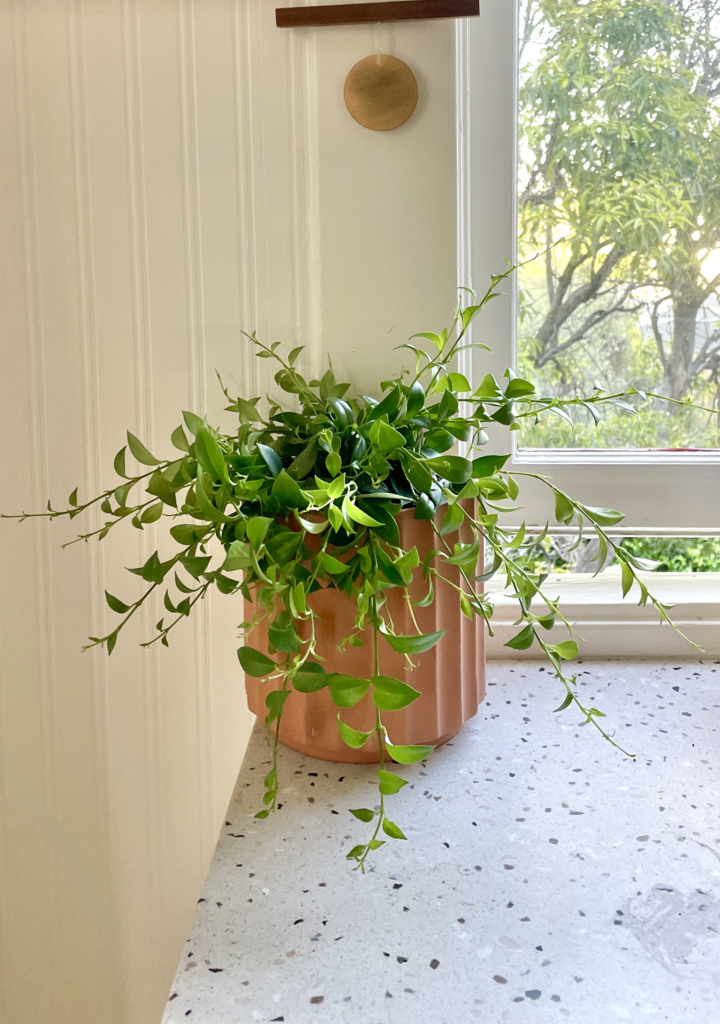
A Timeless Addition to Your Home
What I love most about terracotta is its natural look that fits seamlessly into any space. Whether you go for the classic orange pot or a more weathered, aged version, it complements both modern and traditional décor. Plus, these pots are sustainable—made from natural clay, they’re biodegradable and eco-friendly, making them a responsible choice for plant lovers.
Caring for Your Terracotta Pots
To make sure your plants and pots work well together, here are a couple of tips. First, soak your terracotta pots in water before you plant anything. This will prevent the pot from absorbing too much moisture from the soil. Second, be mindful of your plant’s water needs, and check the soil more frequently than you would with a plastic pot.
With a little attention, terracotta can help you grow happy, healthy houseplants while adding a beautiful, rustic touch to your home.

